RESTORATIVE MANAGEMENT OF THE PATIENT WITH A HISTORY OF FACIAL ARTHROMYALGIA, OR INTERNAL DERANGEMENT OF THE TMJ
The Patient Who is Now Symptom Free
A history of facial arthromyalgia or internal TMJ derangement complicates treatment in several ways, namely:
- The patient may find it more difficult to accommodate new restorations. Special care is required in management.
- The patient may commence litigation if facial pain occurs following restorative care.
- The dentist may have been tempted to provide restorative care to treat facial or dental pain, when the true cause of the pain was psychogenic in origin (Fig 26-1a). Although a placebo response to care and attention may lead initially to the elimination of symptoms, these may recur in an even more severe form. This may precipitate litigation for the non-relief of symptoms following time consuming and expensive restoration.
- Certain forms of treatment (for example, anterior repositioning appliances) may provide temporary relief, but precipitate the need for extensive restorative care, with associated poor long-term results (see Chapter 28).
- In patients with a large horizontal : vertical ratio between CRCP and the IP, occlusal stabilization therapy may sometimes precipitate a distal shift of the mandible, with loss of anterior guidance, discomfort and an extremely difficult management problem (Figs 26-1b–c).

Fig. 26-1a Atypical odontalgia. The patient had been treated for dental pain which had moved from one site to another and was not relieved by treatment to the site. Note missing teeth, root filling and apicectomies.
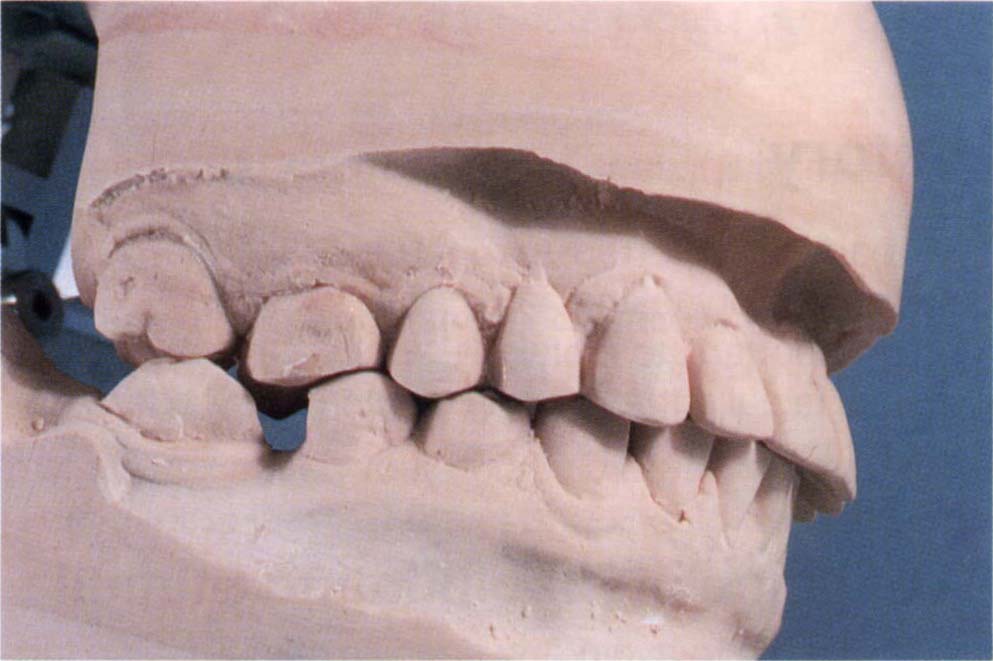
Fig. 26-1b Casts in IP – note the contact of the lower anterior teeth to the upper anteriors.

Fig. 26-1c Appliance in place. Large horizontal : vertical ratio between CRCP and IP. Note the large horizontal overjet between the lower and upper incisors. With the applicance removed, the patient was extremely uncomfortable with the occlusion.
The following will be considered:
- History
- Examination
- Management
- Restoration – when minimal re-restoration is required
- Restoration – when extensive re-restoration is required
History
The reader is referred to Chapter 2 for the general details of history taking.
It is important to obtain a specific history of any previous facial arthromyalgia or internal TMJ derangement for the following reasons:
Avoidance of Precipitating Stimuli
It is advisable to avoid any specific stimuli which triggered the symptoms initially, such as prolonged dental visits, impression taking with slow setting materials and wide mouth opening to gain access to posterior teeth.
Choosing the Best Time for Treatment
If the patient reports that symptoms previously occurred at times of increased tension or following a major life event – such as job promotion or demotion, or a house move – treatment is best arranged avoiding these times.
Prognosis
Al Hasson et al., in 1986,1 found that the primary concern of patients seeking treatment was “will the problem get worse”? Most patients are symptom free seven years after examination,2 so the prognosis is good and it is reasonable to say to a patient that “the outcome for most people with a similar problem is very encouraging”. However, this must be tempered by the knowledge that facial arthromyalgia is possibly of a cyclical nature. It is important to warn the patient that a recurrence is possible, particularly in the presence of chronic illness.3 The patient has then been fully informed before treatment commences.
Medico Legal
It is important to record patient history, so that if symptoms recur following treatment, the dentist can show they previously existed and are unlikely to have been caused by the restorative dentistry. It is equally important to have recorded the psychogenic aspects of the history, to ensure that dentistry is not provided to treat symptoms of psychogenic aetiology.
The following should be included in history taking:
- How long ago was the last episode of pain and/or discomfort?
Obviously a more recent bout of pain is more significant than one that occurred long ago. - Recurrent?
A single episode, sometime ago, is different from a recurrent problem. The current absence of symptoms, but a history of recurrent symptoms, indicates a period of remission. It is important that restorative therapy does not reprecipitate symptoms. The patient must understand that the reccurence of symptoms may be part of the natural cycle of the condition and not due to treatment. This is not a licence for the provision of poor restorative care. - When did it start?
The answer gives more information about timing. - Did anything precipitate the symptoms? Such as:
Trauma – The extraction of third molars is often associated with the onset of myalgia. If such an extraction precipitated symptoms, further similar treatment should be approached with caution.
Restorative dentistry – If the initiation of arthromyalgia was associated with prolonged dental treatment or the provision of new restorations, caution is required during retreatment (see Management below).
Stress – Did the symptoms of facial arthromyalgia start during a stressful episode in the patient’s life? If so, treatment should be planned to avoid stressful periods.
Major life events – Include a family history, and a personal history. Was there a death, a house move, a job change (promotion can be as stressful as demotion), a family upheaval/illness, a divorce and so on at the time the symptoms occurred or in the previous six months? Briefly enquire into upbringing. Find out if childhood and schooling were enjoyed. Take a short employment history and enquire into social relationships. Stress inducing factors should be noted. It would be foolhardy to begin restorative care during a major life crisis for any patient, but particularly for one who has already demonstrated an adverse response to such an event.
Bruxism – Was the patient aware of grinding or clenching at the time of the initiation of the symptoms? If so, then therapy may possibly be directed towards altering the direction of bruxism. There are no well controlled, replicated studies to show that altering the occlusion will eliminate bruxism.4–5 Alteration of tooth contours may change the surfaces on which bruxism occurs, thereby altering the direction of bruxism and in some cases rendering it less destructive to the dentition.- Associated symptoms
Neck and back pains, migraine, itchy skin, irritable bowel syndrome (spastic colon) and dysfunctional uterine bleeding may be associated with a psychogenic aetiology.6 - Associated symptoms
Examination
All patients should receive a screening examination to identify signs of muscle dysfunction and to differentiate between myogenous and intracapsular pain. These have been described previously in Chapter 4.
Radiographs
Radiographs of the temporomandibular joints help to eliminate possible bony pathosis. However, their value in diagnosing incorrect condyle fossa relationships is questionable. Pullinger et al., in 1983, 1985, and 1986, reported that a range of relationships for a symptom free group was overlapped by the range for a symptomatic group.7–9 It is not possible to diagnose from a tomograph, therefore, whether a relationship is normal or abnormal. Thus it is certainly not feasible on the basis of radiographs to prescribe repositioning therapy to correct an abnormal relationship. Further, transcranial radiographs are inaccurate and open to misinterpretation,10 and cannot be used reliably to diagnose condyle-fossa relationships (Chapter 4). However, they may be useful in detecting bony changes in the lateral pole of the condyle.
Principles of Management
- There should be no stretching of muscles or joints:
It is important to remember that the patient has a history of facial arthromyalgia or internal derangement, and that only gentle manipulation of the mandible is required during treatment. - Use a prop during tooth preparation:
The mandible should be supported during tooth preparation by having the patient close the teeth against a prop, rather than trying to hold the mouth open. The Vacujet (Whaledent Co.) is a convenient device since it acts not only as a prop, but also as a tongue deflector and a saliva ejector. Since the patient is not struggling to keep the tongue away from the air turbine, it reduces the strain, not only in the muscles of mastication, but also in the tongue. - Appointments:
These should allow adequate breaks during treatment.
They should not be too frequent.
They should not be during a stressful period in the patient’s life. - Sedation:
For an anxious or stressed patient, Temazepam 20–30 mg, 45 minutes before treatment, is useful medication. It will relax the patient and has a half life of approximately four hours. The patient should not drive for at least 24 hours and should be accompanied home. The patient’s medical history should always be checked for other medication and for liver dysfunction (Chapter 8). - Heat:
During long appointments it is helpful to apply moist heat to the masticatory muscles from time to time, particularly if any fibrillation of the muscle is noticed. Heat can be easily applied by moistening paper towels in the storage bath of the hydrocolloid container.
Treatment – Minimal Re-Restoration
Conformative Restoration if Possible
Since the patient has demonstrated a predisposition towards facial arthromyalgia, but is now symptom free, it is advisable to disturb the jaw relationships as little as possible. If at all possible a conformative approach to restoration should be adopted, that is, the existing intercuspal relationships should be maintained. This implies that existing deflective contacts may need to be copied.
Techniques
Techniques for restoring conformatively have been described in Chapter 12 and should be reviewed. The following points indicate the main aspects:
Treatment – Extensive Re-Restoration
Various presenting conditions will be considered and guidelines given for their management. It must be emphasized that the dogmatic adherence to an unsubstantiated philosophy of treatment is not advocated. Rather, it is imperative that the clinician has a systematic and as predictable a sequence of and outcome to treatment as possible when treating this type of case.
Conditions to be Considered
- Large vertical : horizontal ratio between CRCP and IP with or without a prior history of a reciprocal click.
- Large horizontal : vertical ratio between CRCP and IP with prior history of a reciprocal click.
- Large horizontal : vertical ratio between CRCP and IP with no prior history of clicking and no indication to restore the anterior teeth.
- Large horizontal : vertical ratio between CRCP and IP with no prior history of clicking and a need to restore the anterior teeth.
Dysfunction
Muscles signs and symptoms should be absent at the time the restorations commence. The Pantographic Reproducibility Index should not show dysfunction. This is a guide to the dentist, indicating that removal of occlusal tissue will not result in uncontrolled alterations in mandibulo/maxillary relationships, it is not a measure of the level of facial arthromyalgia. In the absence of such instrumentation there should be no muscle sensitivity to palpation.
Choice of Instrumentation
It is essential to use an articulator when fabricating multiple restorations. The space that is available for disclusion of posterior restorations in lateral excursions provides a simple guide to the sophistication of the instrumentation required. See Chapter 17 for the criteria that determine this space. When space is readily obtained, a semi-adjustable articulator may be used. When space is restricted, it is sensible to use fully adjustable instrumentation. If, however, the dentist and technician are incapable of producing simple restorations to a high standard, expensive fully adjustable instrumentation will not in itself improve the quality of the final restoration. If the vertical dimension will be changed in the laboratory, a kinemetically located hinge axis and appropriate face bow transfer should be used. As a general rule, it is preferable to make any change in vertical dimension on the provisional restorations, before making the final registration at the correct vertical dimension.
Large Vertical : Horizontal Ratio between CRCP and IP with or without a Prior History of a Reciprocal Click (Fig 4-10a, b, f g)
Preparation of all the posterior teeth will remove deflective contacts which can result in mandibular repositioning. Since occlusal equilibration for this type of case is predictable and relatively easy, it is sensible to remove deflective contacts before treatment, allowing the mandible to find unimpeded its own spatial position in relation to the maxilla before tooth preparation. Adjustment is relatively easy because the cusps involved are few in number and easily seen. It is predictable because the mandible will arc through the change in vertical dimension (Chapter 11), leading to location of the lower incisors in almost the same position in CRCP as in the orignal IP, although there may be some lateral shift. Essentially, the anterior guidance will remain unchanged. Following such adjustment, removal of the occlusal tooth tissue will not result in mandibular repositioning, so restorations can be made predictably.
It could be argued that restoring, as above, could precipitate symptoms of internal derangement. Pullinger et al. (1988) reported in a study of 222 subjects that the prevalence of clicking from the TMJ ‘was greatest when retruded contact position (RCP) and intercuspal position were coincident’.11 However, they also reported that these subjects had muscle tenderness, and, evidently, no pre-examination occlusal stabilization appliance was used. It is, therefore, difficult to see how they could be certain of observing RCP and confident that there was no slide. Bearing in mind the control that creating coincidence between CRCP and IP gives in managing the large vertical : horizontal ratio case, the approach described is acceptable.
Sequence of Treatment for Large Vertical: Horizontal Ratio
A suggested sequence was described in Chapter 13, namely:
1) Stabilize the jaw and posterior tooth relationships.
2) Establish the anterior guidance.
3) Restore the anterior teeth.
4) Restore the posterior teeth.
Treatment should not progress to the next stage if symptoms or signs recur. If the patient has recently been, or is under stress, medication such as a tricyclic agent may be required during treatment and for six or more weeks before and after treatment (see Chapter 27). Provisional restorations should be fabricated from material with a hardness similar to that of the definitive restoration (Figs 26-2b–c), such as a white gold or composite resin bonded to a metal framework.
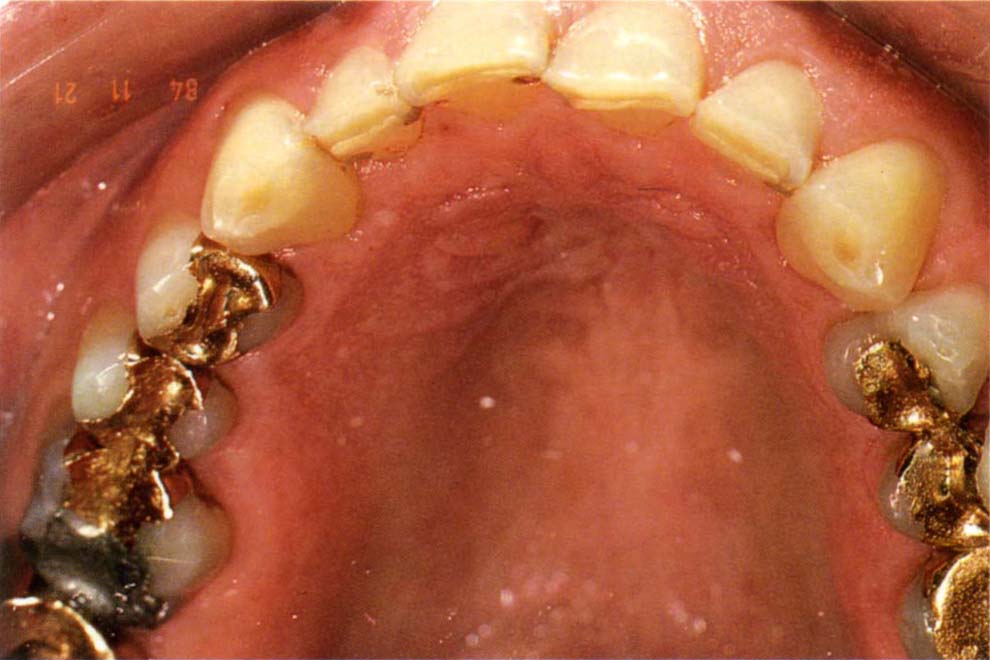
Fig. 26-2a Start – wearing dentition large V : h ratio between CRCP and IP. Facial arthromyalgia, bruxist.

Fig. 26-2b Provisional restotions made from a white gold alloy with a similar hardness to the definitive restorations.
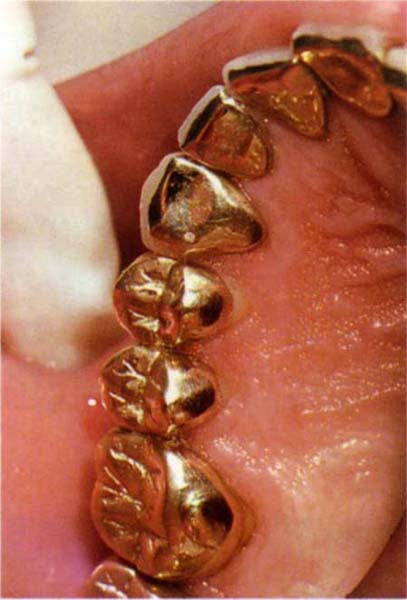
Fig. 26-2c Definitive restorations in yellow gold alloy.
Obviously, if existing anterior guidance is satisfactory and/or the anterior teeth do not require restoration, the anterior guidance stage of treatment is omitted. There is no scientific evidence to substantiate the above sequence of treatment, but in the absence of any controlled clinical studies it is regarded as a logical approach. The reader is referred to Chapter 13 for further details.
Large Horizontal : Vertical Ratio between CRCP and IP with Prior History of a Reciprocal Click
(Fig 4-10c, d, g, h)
It is advisable to restore in a conformative fashion to prevent the distal movement of the mandible, which may occur if all of the posterior teeth are prepared (Fig 26-3).12 This concept is speculative and requires scientific verification. However, in the absence of such verification, it seems prudent to follow this recommendation. Such distal movement could alter joint mechanics and reprecipitate the click.
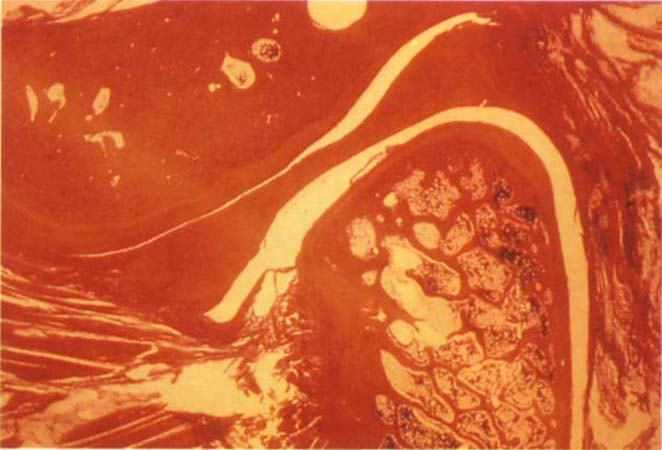
Fig. 26-3a Condyle-meniscus-fossa relationship in IP (courtesy of Dr W. K. Solberg).
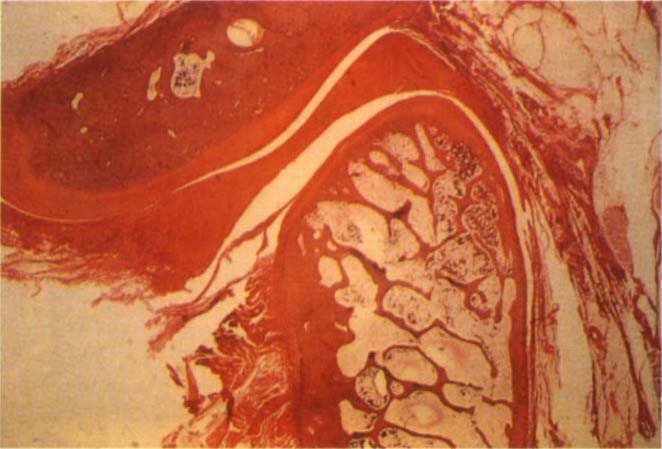
Fig. 26-3b In the case of a large H : v ratio between CRCP and IP, preparation of the posterior teeth may result in a distal movement of the mandible (Chapter 4) and this may alter joint mechanics. If the meniscus moved further anteriorly than in this section, then possibly a click would be re-precipitated. This concept is speculative and requires scientific verification.
The principles for such restoration have been described in Chapter 12. It must be noted that extensive restoration, when working to a conformative rationale, is very time consuming and difficult. Very careful assessment of the time required is necessary in order to calculate the estimated fee for such restoration.
Large Horizontal : Vertical Ratio between CRCP and IP with no Prior History of Clicking and no Indication to Restore the Anterior Teeth
It is imperative that the dentist realizes that preparation of the posterior teeth will eliminate deflective contacts and, if not carefully controlled, will allow the mandible to move distally, with very little arcing effect. Contact between upper and lower anterior teeth may be lost, resulting in a loss of anterior guidance. There are no studies on whether this loss of anterior guidance may reprecipitate symptoms of arthromyalgia. However, should it occur it would make it very difficult to restore the posterior teeth and either provide smooth guidance or copy the original guidance. Further, loss of anterior guidance makes posterior disclusion impossible and, therefore, greatly increases the risk of mechanical failure of these restorations. Figure 26-3c displays the dentition of a patient with a large horizontal : vertical ratio who had been treated with a stabilization appliance for what was actually psychogenic facial arthromyalgia. Symptoms were not relieved, but the mandible moved distally to form a large overjet, and made the patient occlusally aware (Phantom Bite – see Chapter 27). Treatment required the provision of a removable anterior guidance appliance (Figs 26-3c–d). This rendered the patient occlusally comfortable but did not resolve the facial arthromyalgia. Resolution of the latter was achieved through the use of counselling and tricyclic agents (Chapter 27). It was then possible to provide the routine restorative care that was required.
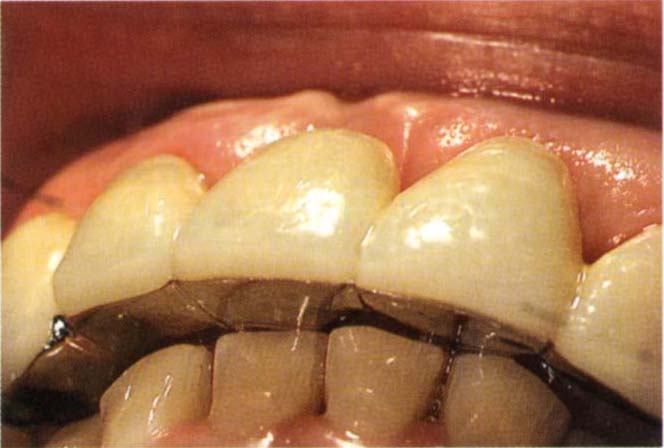
Fig. 26-3c The patient had been treated ineffectively for facial arthromyalgia with an occlusal stabilization appliance. The result was a distal movement of the mandible and an increased horizontal overjet since she had a H : v relationship between CRCP and IP. On removal of the appliance, the patient could not comfortably regain the original IP. A removable anterior guidance platform was provided to re-establish the guidance to achieve occlusal comfort, but this did not relieve the arthromyalgia. This was successfully treated with tricylic antidepressant therapy and counselling (see Chapter 27).
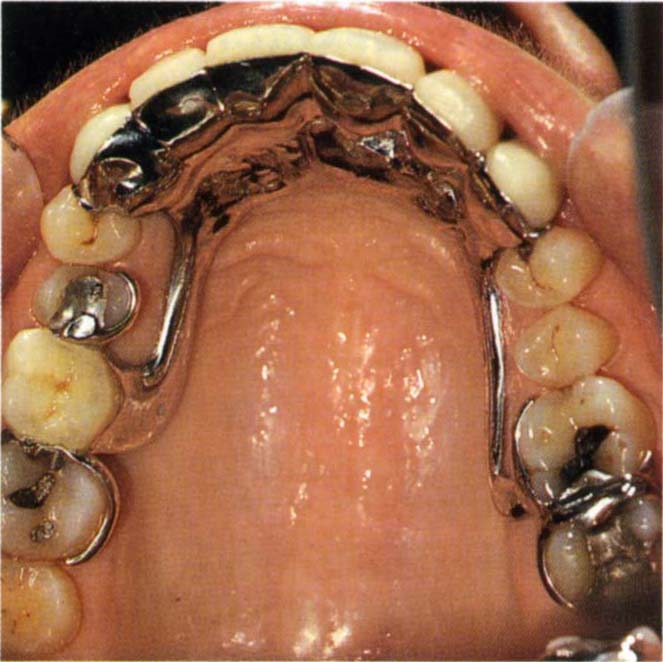
Fig. 26-3d Removable anterior guidance platform.
It seems obvious that in such cases, if restoration is required, the symptoms should be relieved and the symptom free status of the patient should not be jeopardized, and to this end, existing jaw relationships should be maintained by adopting a conformative approac/>
Stay updated, free dental videos. Join our Telegram channel

VIDEdental - Online dental courses


